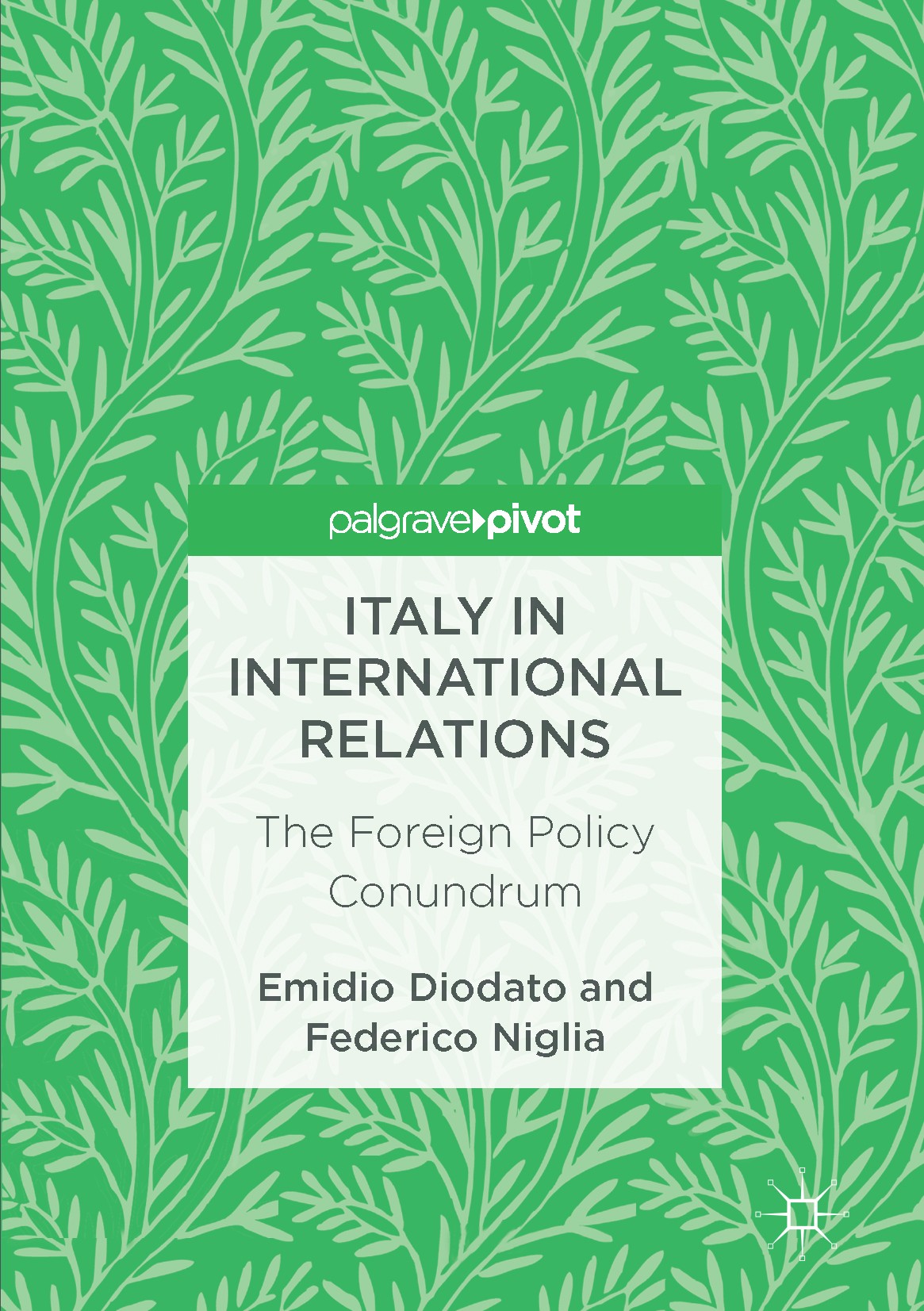| 书目名称 | Italy in International Relations |
| 副标题 | The Foreign Policy C |
| 编辑 | Emidio Diodato,Federico Niglia |
| 视频video | http://file.papertrans.cn/477/476534/476534.mp4 |
| 概述 | Offers a bold and interesting approach to Italy’s post-Risorgimento history.Combines international history with Foreign Policy Analysis (FPA).Explains how Italy has failed to be taken as seriously as |
| 图书封面 |  |
| 描述 | .This book aims to provide an overview of Italian foreign policy from the moment of unification to the establishment of the European Union. Three turning points are crucial in order to clarify Italy’s foreign policy: 1861, the proclamation of the Italian Kingdom; 1943, when Italy surrendered in World War II; 1992, the signing of the Maastricht Treaty. The international position of Italy continues to be an enigma for many observers and this fuels misinterpretations and prejudices. This book argues that Italy is different but not divergent from other European countries. Italian elites have traditionally seen foreign policy as an instrument to secure the state and import models for development. Italy can still contribute to international security and the strengthening of the EU. At the same time, Italy is not a pure adaptive country and has always maintained a critical attitude towards the international system in which it is incorporated. . |
| 出版日期 | Book 2017 |
| 关键词 | Post-imperial; Myth; Cultural nation; Unification; Risorgimento; Fascism; WWI; WWII; Maastricht Treaty; Forei |
| 版次 | 1 |
| doi | https://doi.org/10.1007/978-3-319-55062-6 |
| isbn_softcover | 978-3-319-85556-1 |
| isbn_ebook | 978-3-319-55062-6 |
| copyright | The Editor(s) (if applicable) and The Author(s) 2017 |
 |Archiver|手机版|小黑屋|
派博传思国际
( 京公网安备110108008328)
GMT+8, 2025-11-17 05:58
|Archiver|手机版|小黑屋|
派博传思国际
( 京公网安备110108008328)
GMT+8, 2025-11-17 05:58


